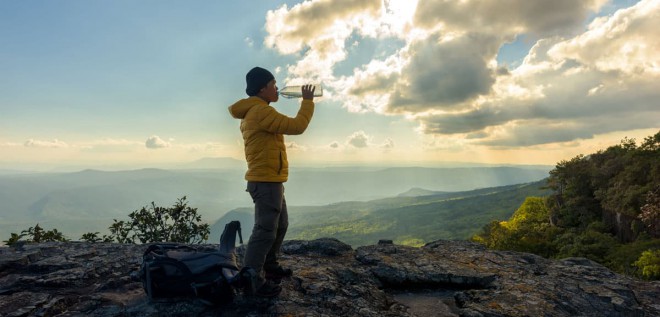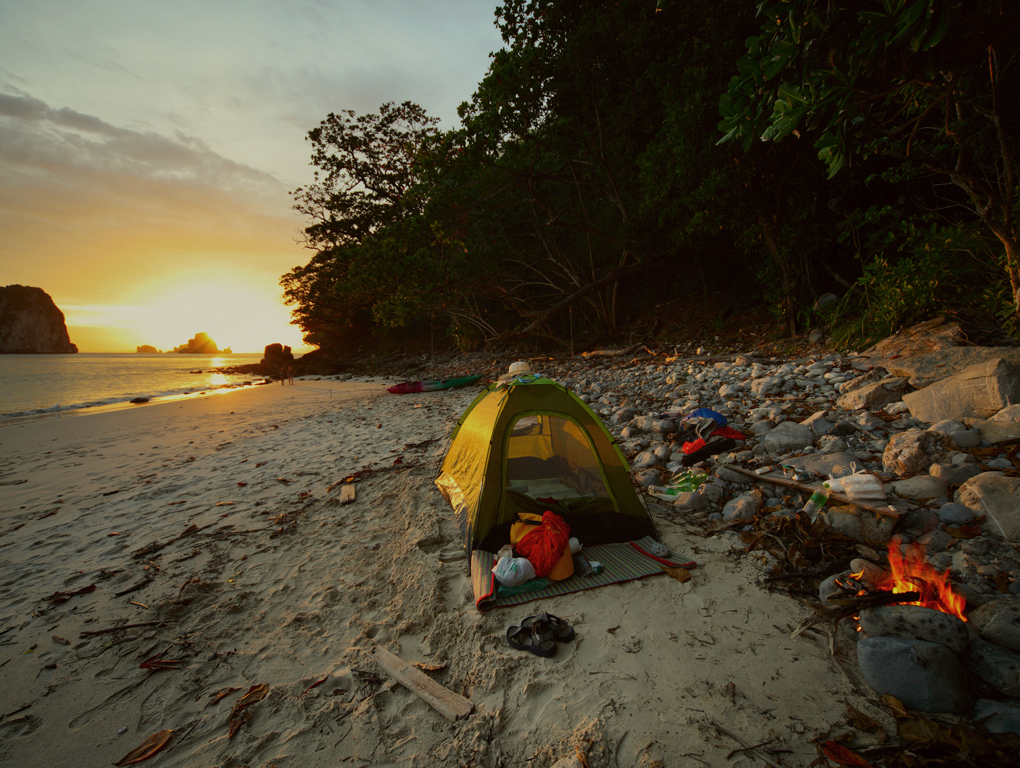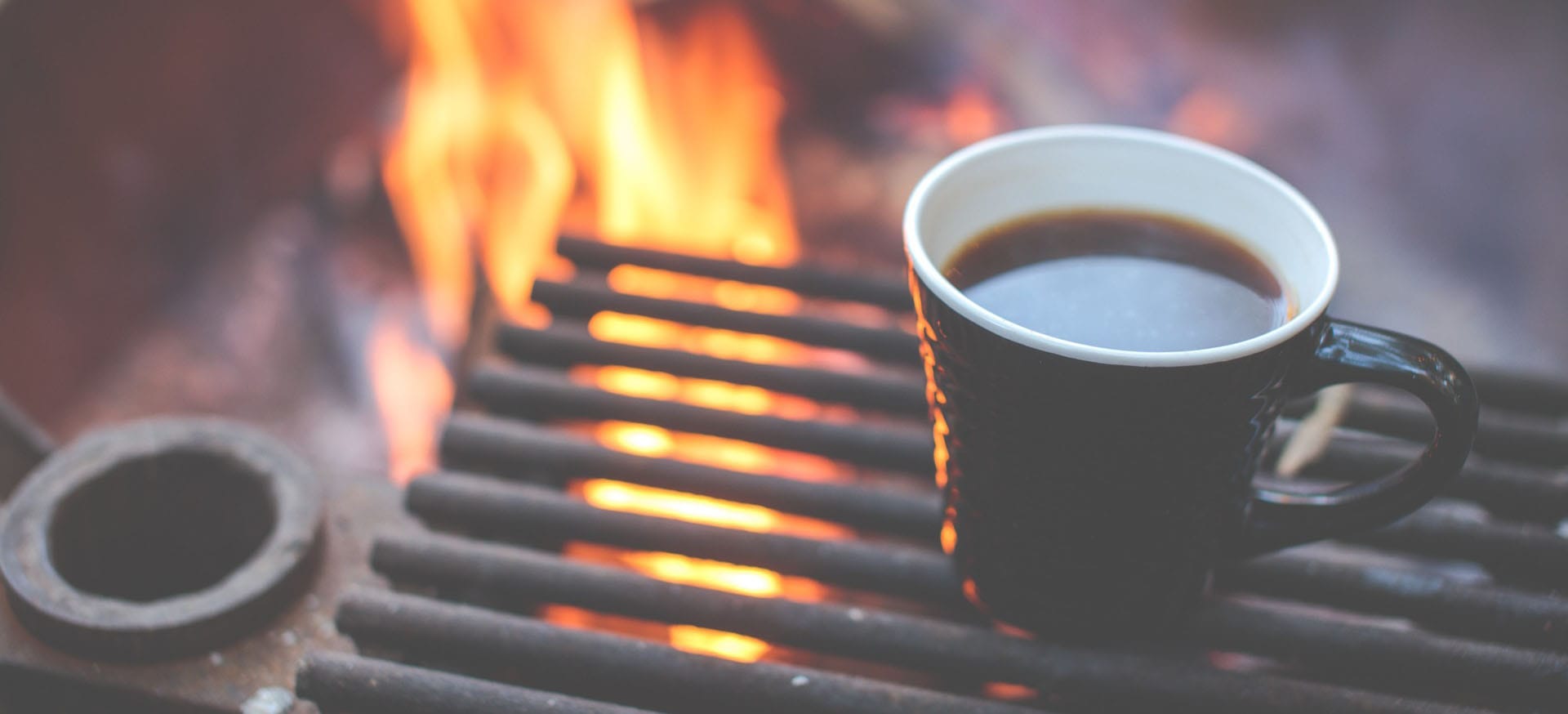
Before we get into specific techniques, it's important to understand the difference between filtration and purification.
Purifying Water vs. Filtering Water
Purification is a method used to kill harmful organisms such as protozoa, cysts, spores, bacteria and viruses, but it does not remove impurities from the water. Heating water to a high temperature (boiling) is a common method of purification. Chemically disinfecting water is another method of purification. However, the effectiveness of disinfectants varies depending on water turbidity (cloudiness), temperature, pH and other factors.
Water filtering is a method used to completely remove organisms, particles and other unwanted impurities by passing water through a membrane or filter media, such as activated carbon. Other types of filtration include reverse osmosis and ion exchange.
Filtration capability is typically measured in microns or fractions of microns. For example, the Sawyer Squeeze filtration system has a rating of 0.10 absolute microns, allowing it to remove 99.99999% of bacteria (e.g. salmonella, cholera and E.coli) and 99.9999% of cryptosporidium, giardia and other protozoa.
According to the CDC, a filter should have an absolute pore size of one micron or smaller in order to be considered effective at removing cryptosporidium. However, the most-effective filters typically have a rating of 0.2 microns or less, and even these do not remove viruses.
Method 1: Boiling
Boiling water is probably the most commonly used method to purify drinking water in the great outdoors because it doesn't require any special equipment. All you really need is a metal pot and a stove or campfire. The CDC recommends maintaining a rolling boil for at least one minute for the best chance of killing pathogens. For altitudes above 6,562 feet, the CDC recommends boiling for three minutes because water has a slightly lower boiling point at higher elevations. If possible, it's best to filter water prior to boiling it, especially if the water is cloudy. Boiling does not remove impurities such as sediment, organic material, chemicals and heavy metals.
Method 2: Disinfecting Water
Using a water disinfectant such as liquid 2% tincture of iodine, Aquatabs® or a chlorine-based treatment is another method of purifying water by killing harmful pathogens. According to princeton.edu, cloudy water should be strained through cloth (assuming you don't have a filter) before a chemical treatment is applied, otherwise more treatment may be needed in order to effectively disinfect the water. When used properly according to manufacturer guidelines, water purification tablets can be effective at preventing water-borne illness.
Method 3: Water Filter
Using a water filter such as the Platypus Gravityworks system or the MSR MiniWorks is a popular way to create potable water in the great outdoors. Water filters designed for backpacking are compact and filter water relatively quickly. Three common types of filters include gravity filters, pump filters and squeeze filters. Price varies depending on the filter design, quality, micron rating and other factors. Filter models from most-reputable companies are tested by a third-party according to ANSI and/or NSF protocols.
Before buying a filter, be sure to research the technical specifications to determine if that filter is appropriate for removing all harmful pathogens or only some pathogens. For example, the MSR SweetWater is a 0.2 micron filter that removes 99.9999% of bacteria and 99.9% of protozoa, but is not effective at removing viruses. In order to protect yourself against viruses, boil or disinfect your water after filtering.



